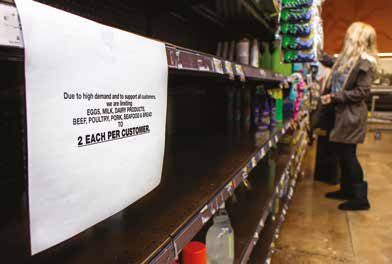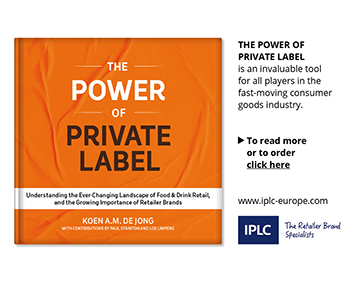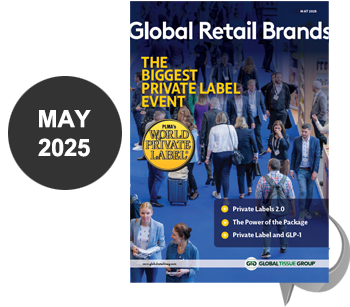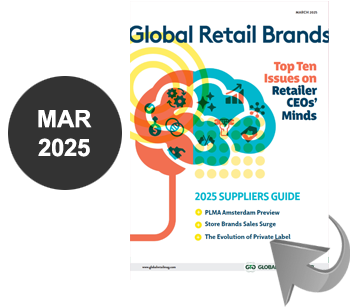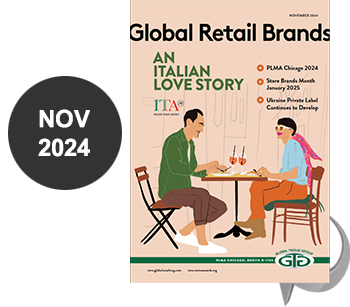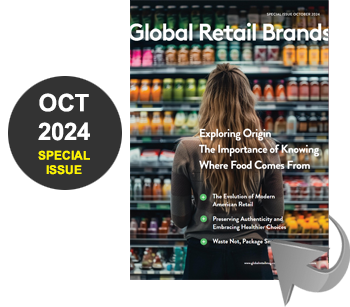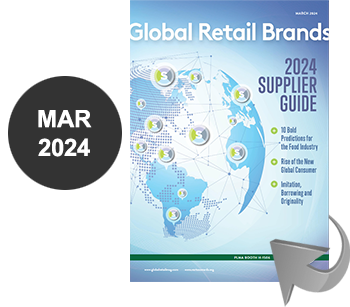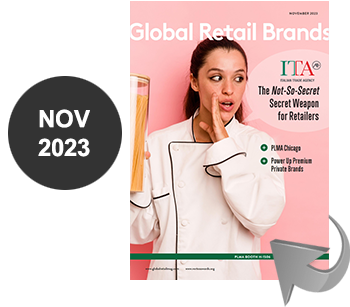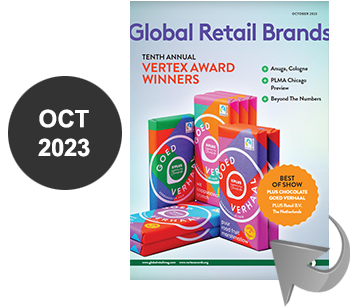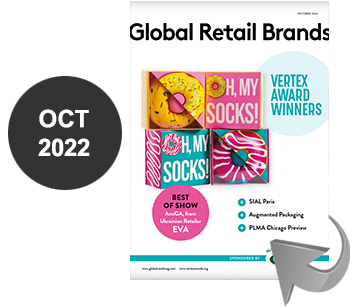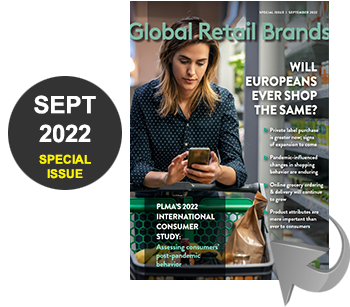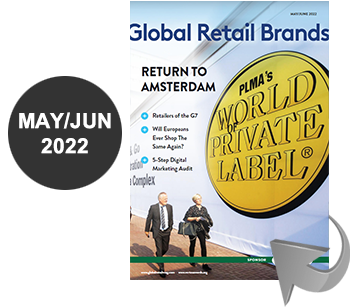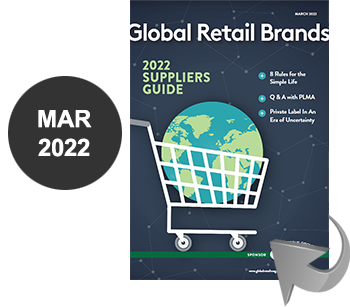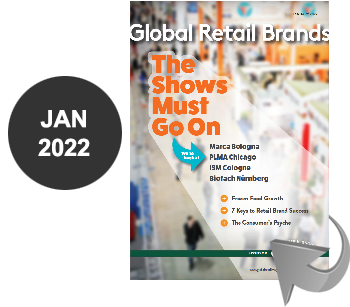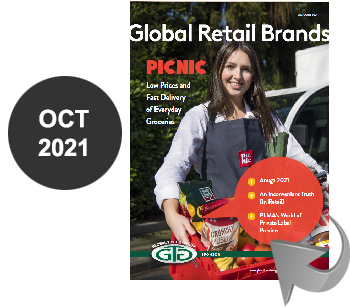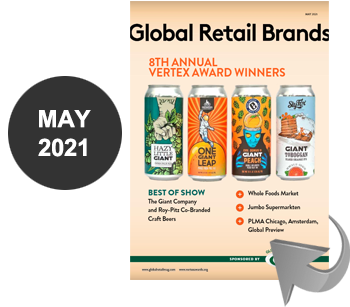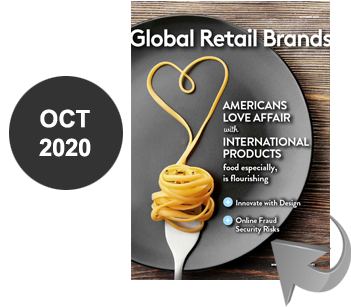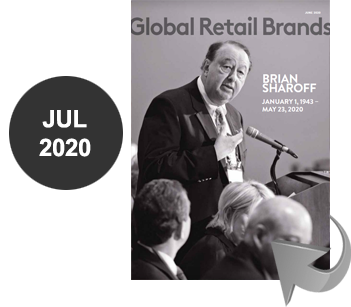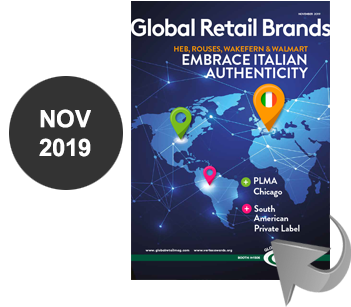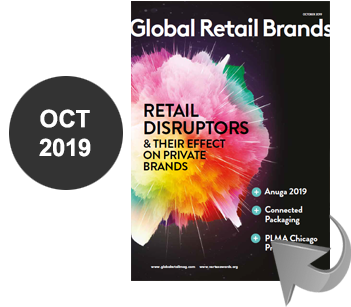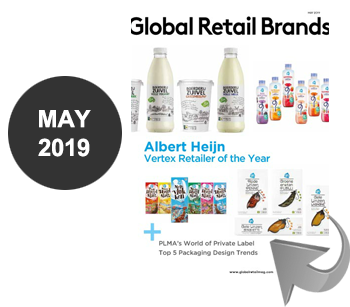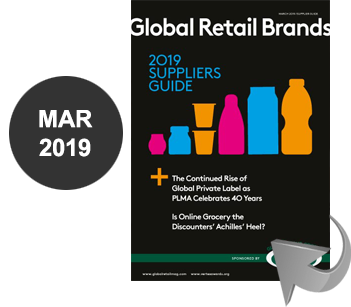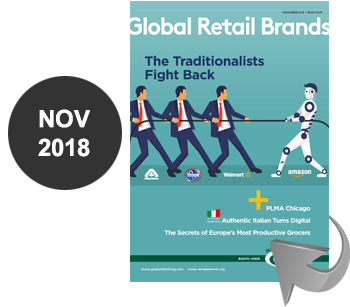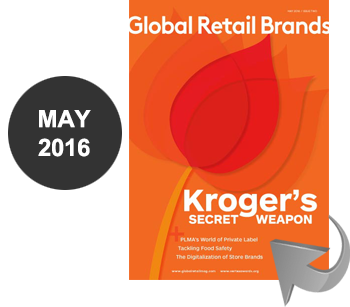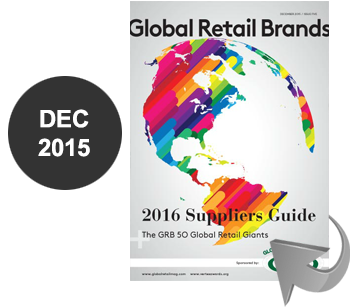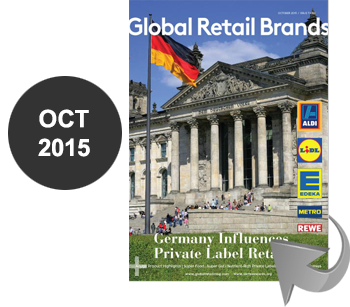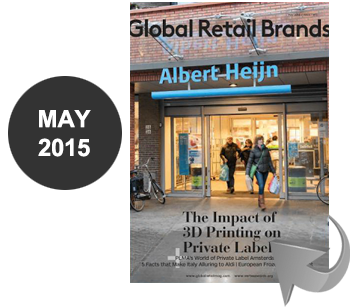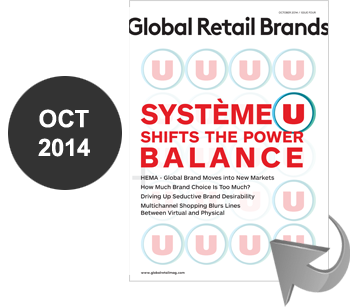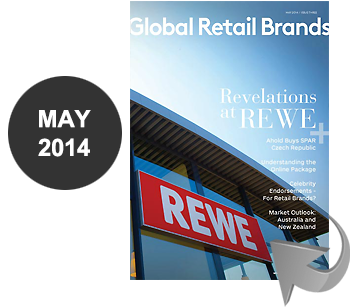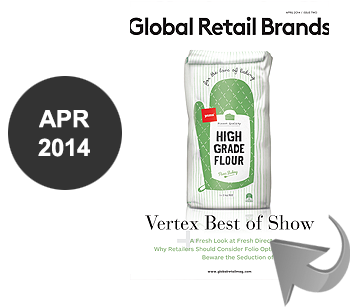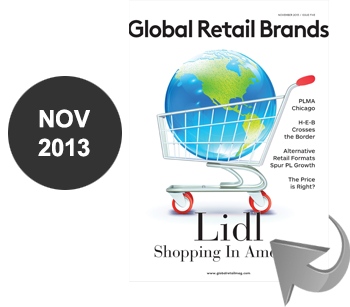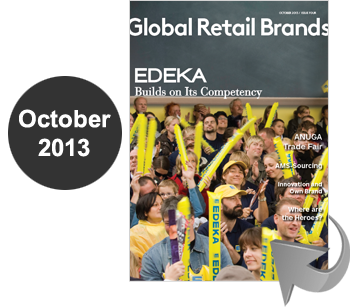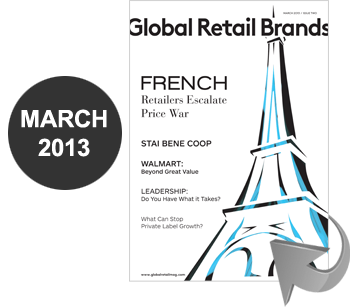By George Puro, President, Puro Research Group
Private brands have seen a lot of ups and downs in recent months. In this column, we look back at recent private label trends and what we might expect in the future.
Wild Ride
Private label has had a wild ride since the beginning of the pandemic, perhaps best exemplified by the picture of a rollercoaster the PLMA used on its most recent state of the industry report. In the early parts of the pandemic, private label sales saw a huge bump. In March 2020, according to IRI data published by the PLMA, private label dollar sales jumped 37% in the U.S.. In May 2020, sales jumped 21%. In fact, 2020 as a whole was a banner year for private label, with store brands (12.3%) outpacing national brands (10.2%).
With pandemic restrictions easing in 2021, at least for parts of the year when there wasn’t a new variant to deal with, retail gains were much smaller than the year before, but more in line with historical trends. Store brands were up just 1% for the year, compared to 2.7% for national brands in 2021, according to IRI data. The story was even worse though in terms of unit sales in 2021. Store brands declined 4.5% for the year, a steeper decline than national brands’ loss of 1.8%.
Private label has continued its growth in the early weeks of 2022, per data from PLMA/IRI. As of February 20, 2022, private label dollar sales increased its share of total store sales in the U.S. to 18.1% Private brands had ended 2021 with a 17.7% share. In terms of unit share, private label increased its share to 20.1%, up from 19.6% at the end of 2021. Both trends bode well for a strong year for private label. And retailers continue to focus on their own brands. Target, for example, debuted a home organization brand called Brightroom in January 2022 with over 450 items at launch. The company grew its owned brand sales 18% in 2021 to more than $30 billion.
When Prices Rise
In times of inflation or an unstable economy, consumers have historically leaned more heavily on private label. Data from the U.S. Bureau of Labor Statistics showed that inflation in 2021 was the worst it has been since 1982. The Consumer Price Index (CPI), which measures the average price change over time of a market basket of consumer goods and services, was up 7.5% in 2021 compared to the year before. January 2022 numbers were no better, with the CPI rising 0.6%, beating Dow Jones expectations of 0.4%.
Europe has also seen high inflation, with inflation reaching 4.6% in the fourth quarter of 2021 and expected to reach 4.8% in the first quarter of 2022, according to data released in early February by the European Commission.
Times of high inflation or economic distress – such as the 1970s or 2008 – have often benefited private label, as consumers have looked for ways to cut costs.
But today’s private brands are different than they were historically. Store brands are often of equal or better quality than national brands. While consumers might consider trading down on price, they won’t necessarily be trading down on quality.
Breaking Supply Chain Woes
One of the biggest issues facing retailers today has been keeping the shelves stocked. Supply chain issues was one of the biggest stories of the last two years, and with the need for more truckers, more warehouses, more ships and less gridlock at ports, most supply chain analysts predict that supply chain problems will not go away anytime soon.
Some retailers with big own brand portfolios are taking matters into their own hands. Kroger, for example, considers its own brands “a competitive moat” and an “incredibly important part of our strategic strategy,” according to Kroger Chairman and CEO Rodney McMullen. The company has invested heavily in extra warehouse space during the pandemic, which allows it to keep shelves full.
Still, supply chain issues persist. And the war in Ukraine will exacerbate problems. The New York Times noted that Ukraine and Russia are key producers of sunflower oil, used in potato chips and cosmetics. Another concern is the summer wheat harvest, used in pasta, bread and other food throughout Europe. About a quarter of the world’s wheat comes from Ukraine and Russia.
Getting Out of the House
As consumers emerge from the pandemic further, at-home consumption is bound to soften, as it began to do in 2021. Consumers are venturing out of the house, spending more of their food budget in restaurants and more of their disposable income on travel and entertainment.
In 2019, the National Restaurant Association reported that restaurant and foodservice sales in the U.S. were $864 billion. This plummeted almost 22% in 2020 to $678 billion, before rebounding to $799 billion in 2021. The NRA predicts that the industry will finally exceed pre-pandemic levels in 2022, projected to hit $898 billion.
But this doesn’t tell the whole story. Some of the restaurant industry’s recovery can be attributed to menu price increases. Restaurant traffic, on the other hand, is still down 4% in the US and 12% in Canada compared to 2019, according to data from NPD. In Europe, the story is even worse, with visit counts down 29% in 2021 compared to 2019. Still, NPD predicts the restaurant industry will come close to a full recovery in 2022. In the U.S., NPD expects that the industry will reclaim 98% of its pre-pandemic visits in the U.S. by the end of 2022.
An almost full return of consumers to eating outside of the home will just be another added pressure for store brands. That said, NPD is already seeing trends that consumers are eating more outside of the home, but to keep costs down, they’re bringing the food from their pantry more often than not.
Please Contact George at george@puroresearch.com.
George Puro is President of the Puro Research Group, a market intelligence firm specializing in consumer insights, competitive/market intelligence and analysis. Puro’s services are designed to keep you abreast of the latest trends, make you look smart in presentations and help guide decision-making. The company has provided organizations and companies, ranging from Fortune 100 companies to startups, with aha! insights about competitors, customers and industries in a variety of topics and industries, including consumer products; retail; transportation, travel and hospitality; healthcare and health insurance; financial services and investment banking; traditional marketing, as well as digital and social media marketing.




